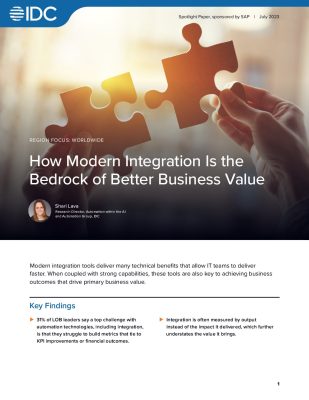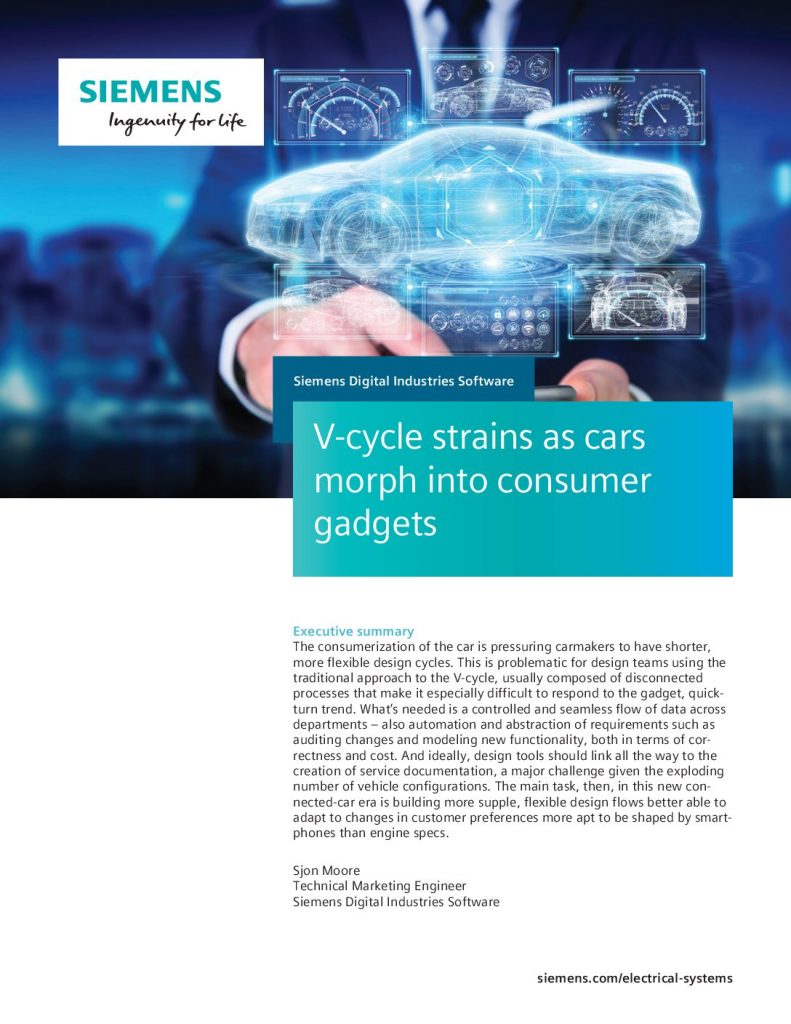The consumerization of the car is pressuring carmakers to have shorter, more flexible design cycles. This is problematic for design teams using the traditional approach to the V-cycle, usually composed of disconnected processes that make it especially difficult to respond to the gadget, quickturn trend. What’s needed is a controlled and seamless flow of data across departments – also automation and abstraction of requirements such as auditing changes and modeling new functionality, both in terms of correctness and cost. And ideally, design tools should link all the way to the creation of service documentation, a major challenge given the exploding number of vehicle configurations. The main task, then, in this new connected-car era is building more supple, flexible design flows better able to adapt to changes in customer preferences more apt to be shaped by smartphones than engine specs.).
- All
- Cloud
- Solutions
- Virtualization
- Data
- Analytics
- Big Data
- Customer Data Platform
- Digital
- Digital Marketing
- Social Media Marketing
- Finance
- Cost Management
- Risk & Compliance
- Human Resources
- HR Solutions
- Talent Management
- IT Infra
- App Management Solutions
- Best Practices
- Datacenter Solutions
- Infra Solutions
- Networking
- Storage
- Unifed Comm
- Mobility
- Sales & Marketing
- Customer Relationship Management
- Sales Enablement
- Security
- Tech
- Artificial Intelligence
- Augmented Reality
- Blockchain
- Chatbots
- Internet of Things
- Machine Learning
- Mixed Reality
- Virtual Reality

































































